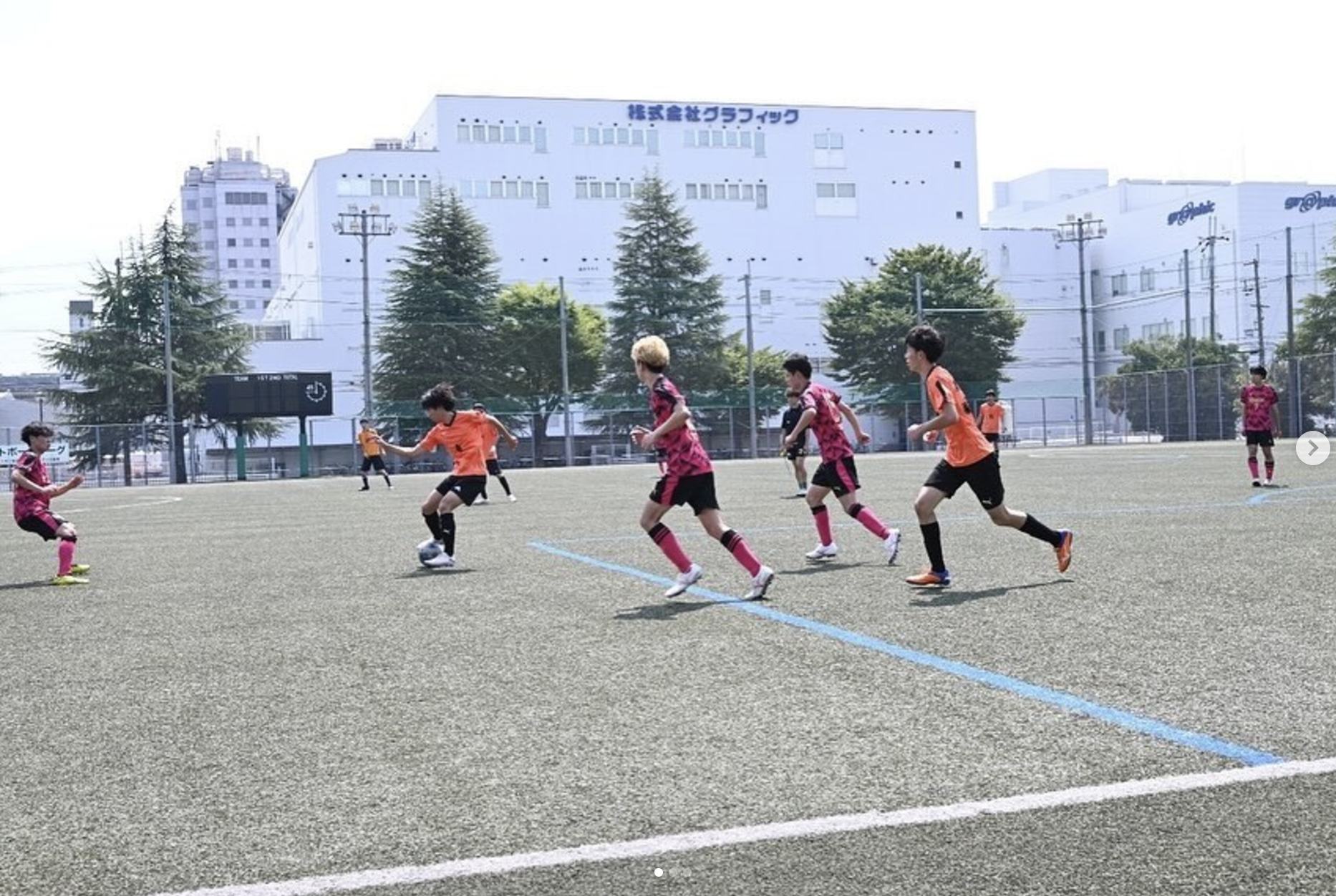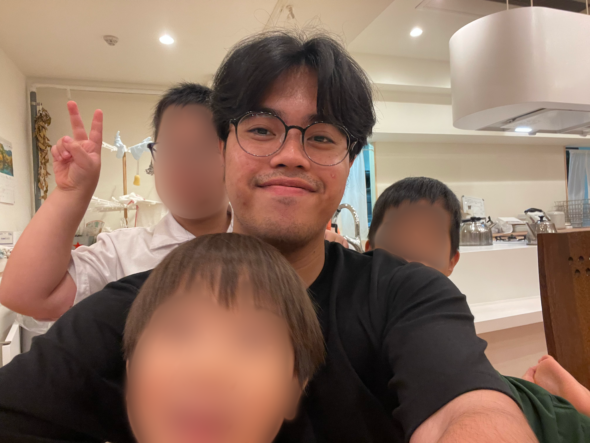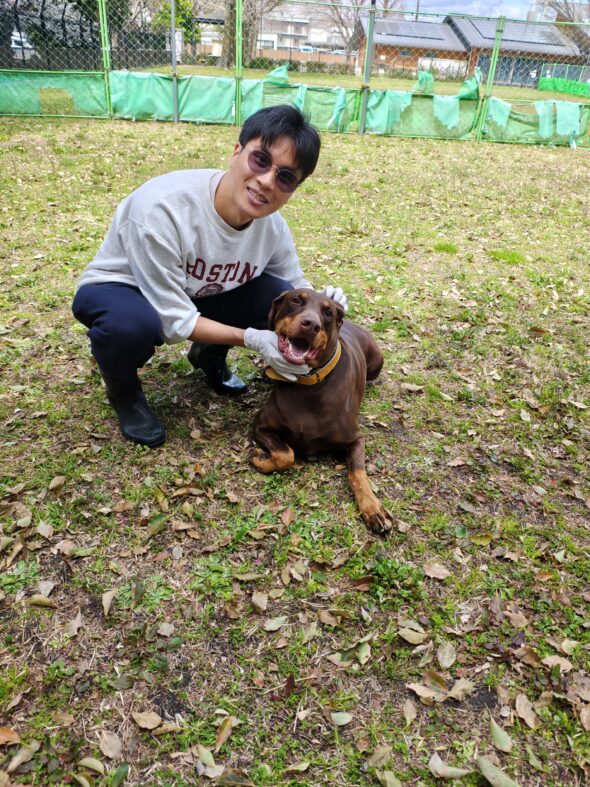
I worked at one of Kyoto’s local animal shelters for my CIP.
I had a great time taking care of the dogs and cats. Some of my responsibilities included walking the dogs, teaching them how to sit and walk alongside you, and cleaning their living spaces.
This CIP is perfect if you love animals and share a passion for protecting and caring for them. For me, it felt like a weekly therapy session where I could destress and build bonds with both the animals and the shelter staff.
For those wondering what CIP to choose, find something that excites you and offers a space to connect with others. The most valuable part of the CIP is that it gives study abroad students a chance to form a special community within Japan. Think about what kind of community you’d like to be part of when deciding on your CIP. No matter what activity people choose, CIP often leaves a warm and lasting place in our hearts—so my best advice is to come excited and ready to participate!

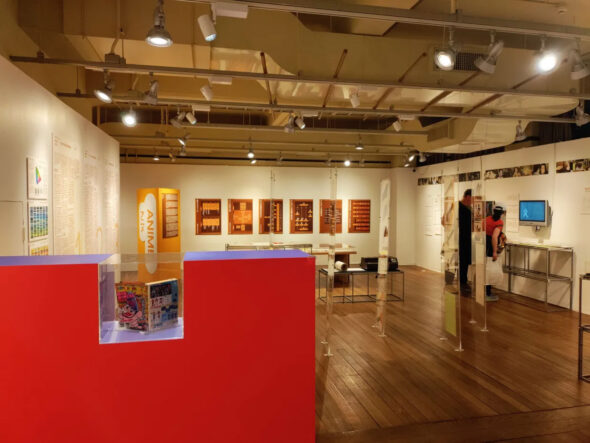
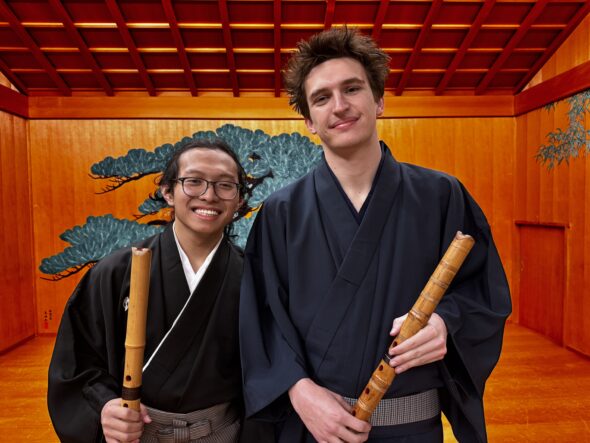
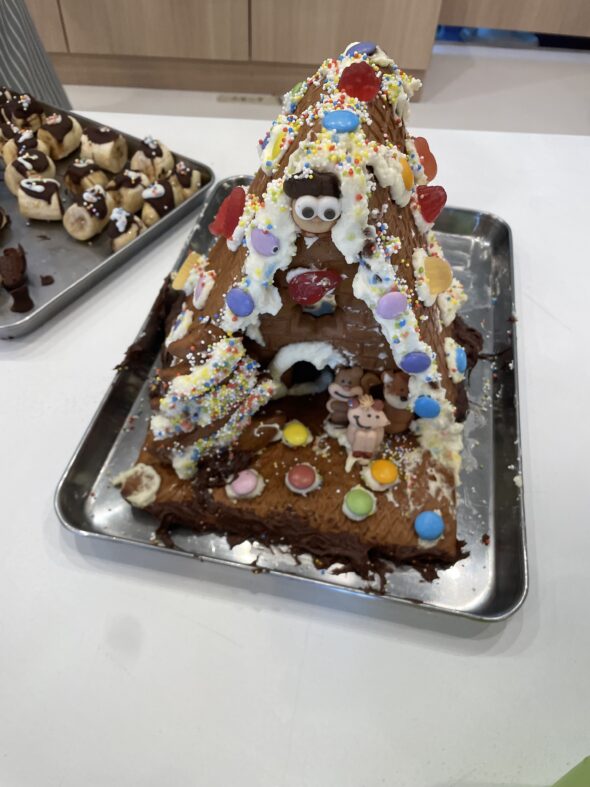
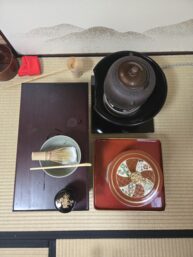
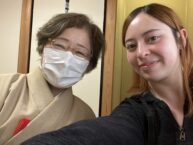

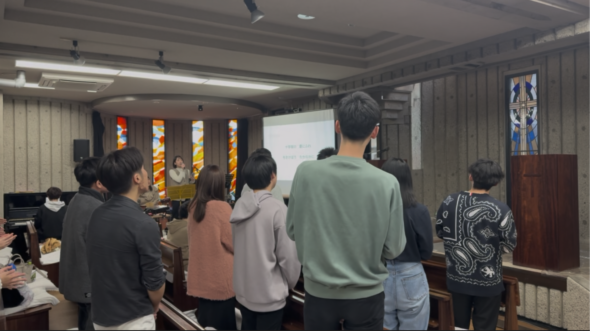
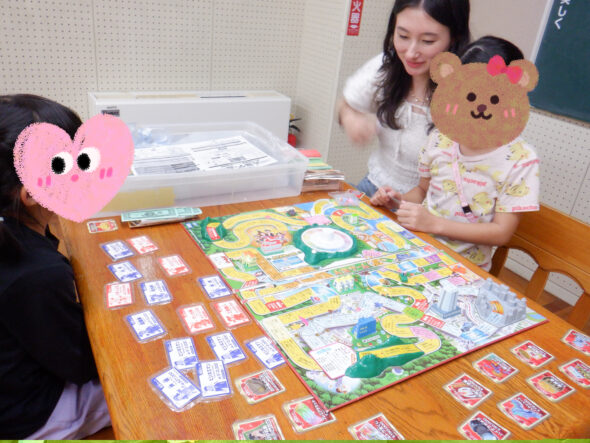 For my CIP I chose to volunteer at an after-school children’s center that was near my homestay. The kids were elementary to middle schoolers, and I got to play games with them, help with homework, practice my Japanese, and learn about what childhood is like in Japan. It was an amazing experience that really made me feel like a part of the community. The memories I made with the children and the staff members will be forever very special to me. For those who are not the best at putting themselves out there in the social setting, I really recommend 1. volunteer activities, because they give you a sense of purpose, and/or 2. working with kids, since they will immediately take a liking to you. For those who do chose a similar CIP, I recommend getting to know some Japanese names for games beforehand and teaching the children games you used to play, too!
For my CIP I chose to volunteer at an after-school children’s center that was near my homestay. The kids were elementary to middle schoolers, and I got to play games with them, help with homework, practice my Japanese, and learn about what childhood is like in Japan. It was an amazing experience that really made me feel like a part of the community. The memories I made with the children and the staff members will be forever very special to me. For those who are not the best at putting themselves out there in the social setting, I really recommend 1. volunteer activities, because they give you a sense of purpose, and/or 2. working with kids, since they will immediately take a liking to you. For those who do chose a similar CIP, I recommend getting to know some Japanese names for games beforehand and teaching the children games you used to play, too!